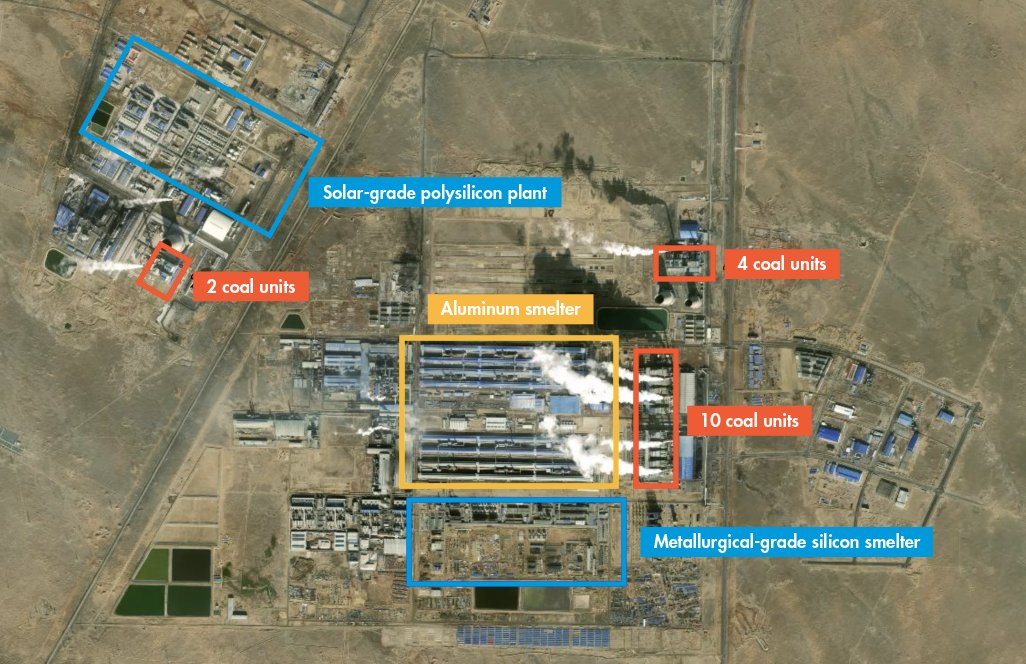On this episode of The Unregulated Podcast Tom Pyle and Mike McKenna discuss former president Trump’s legal battles, the regulatory death of the incandescent light bulb, new attacks on America’s energy producers and more.
Links:
- Bernie Sanders: Another Strongly Worded Letter to the Fossil Fuel Industry
- RIP Incandescent Light Bulb
- UK Ups Their Subsidy Game
- Reuters: US Sees Price Cap on Russian Oil Working Despite Upturn in Prices
- Ford Diesel Generator
- NPR/PBS NewsHour/Marist Survey
- Winner: Angels. Didn’t deal Ohtani
- A nut and a bolt

